Kristin Tovar is the founder of the movement (and shop) Why I Love Where I Live, originating from her ventures in photography. For more information visit www.whyilovewhereilive.com or Instagram: @whyilovewhereilive. Photographs by the author.
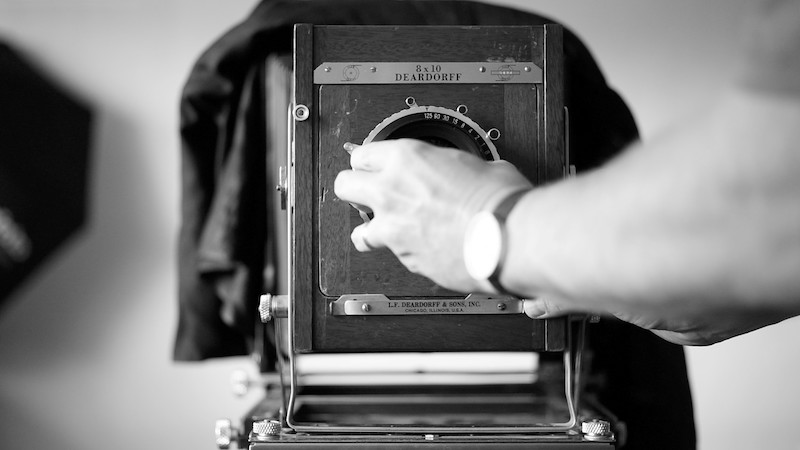
In 2012, I began to open my eyes. I let curiosity get the better of me. I sought to keep my head up and my eyes open, expectant to find beauty and uniqueness in the world around me. I knew my trusted companion would be my camera, and I captured what I saw through it as proof. The photos began to add up. The snowball effect was in play when I realized in how many new ways I saw the city because of a dedicated choice to find the good. My sense of wonder grew with my new perspective and way of capturing what I saw. I was hungry to learn more about the history of each person and place I came across. There was a desire to find depth and dimension in a world that had felt 2D before. The experiment of using photography to change how I saw where I lived took root in me, and it was as if the words of a book came to life on a stage. I had welcomed something in me that became a permanent part of who I am. Once you begin to see in 3D you never want to go back to 2D.
There are many ways of pairing actions with the internal changes we institute. For me, it was taking photos. I had been on Instagram for over a year before I started an account for this personal experiment in gratitude, and I was already mesmerized by the tiny squares and the ability to share them. As a child, I constantly took photos, whether with disposable cameras or incredible gifts from my grandparents, or by purchasing the latest technology as a means to express myself. One of my favourite classes in high school was photography, at a time when we still had film cameras and a darkroom. Our teacher taught us that the word “photography” comes from the combination of two Greek words: φωτός (phōtos) meaning “light” and γραφή (graphē) meaning to paint or draw with light. I have also heard photography defined as “writing with light,” which fits my journey well as I sought to use photos to write a new story.

In photography, light enters the camera, and the photographer chooses the amount to let in using the aperture, dialling up or down to accommodate the light in the environment, as the amount of exposure to light can drastically change the final image. A pinhole camera, also known as camera obscura or “dark chamber,” explains this concept. It is the simplest and cheapest way to build a camera and also relatively easy to make, often by creating a hole with a small, sharp object in a piece of aluminium foil and attaching it to a light-tight box. The more effort put into keeping the light out, the better – sometimes achieved by taping the box with heavy-duty tape or painting the inside black. Ultimately, the size of the pinhole determines the exposure of the photographic paper to the light, which in turn makes the image into something our eyes and brains recognize. It is truly the art of writing with light.
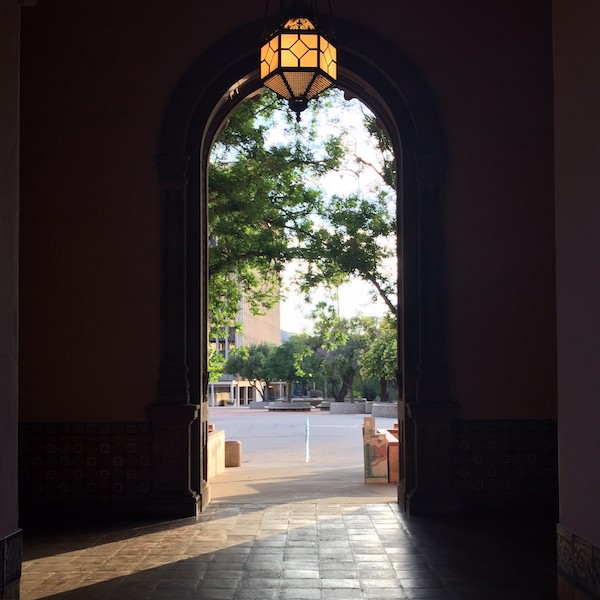
At some point in my journey, I made the conscious decision to change the way I thought and talked about where I live to reflect gratitude. Even before I became fully convinced of my positive feelings for where I live and decided to stay put, I knew I would have difficulty progressing on this journey if I didn’t draw a line in the sand and choose a new path forward. As I took photos as a way to gather “reasons” I could love this place, I was also doing the internal work that would actually begin to create change. Looking back, it seems impossible and like a kind of magic, but it really was the small, quiet moments that made all the difference. It became easier and easier to catch myself in negative talk and complaining as I got used to hitting that line in the sand. Our thoughts and words have an incredible way of illuminating what is inside us. Many mental repetitions conditioned my mind and, eventually, my heart into a new perspective. Choosing what my eye focused on, let in the light in a particular way that gave me exactly the new view I needed.
When I began designing my first retail store, I knew I wanted to harness the power of storytelling through photography. I had taken hundreds of photos by then, and as a result, there is an eight-by-eight-foot artwork that showcases over three hundred images celebrating where I live. When people come into the store, they are delighted to find an image of the place where they shared their last cup of coffee with a friend, the park they visited for a picnic, or the food cart where they got their first Sonoran hot dog. The collection of photos reminds people of the places they take pride in and whose continued existence they want to ensure: a task bigger than themselves or even for one lifetime. It reminds them that along with the memories of the past, there is also the possibility of cultivating a new perspective simply by using fresh eyes.
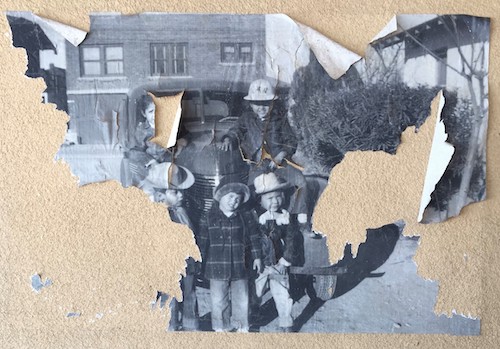
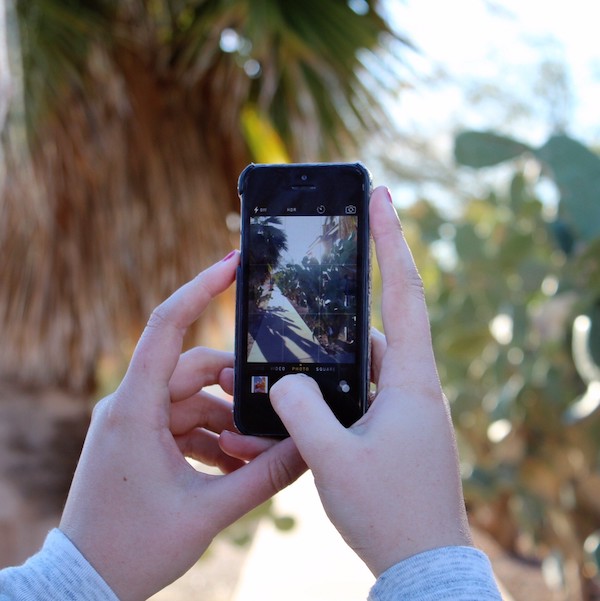
Many tools in photography assist a photographer in shaping the perspective with which the viewer sees the final product. From subject distance and framing, to light exposure, to different lenses, all these tools work together to capture a moment. At the dawn of photography, it was impossible to see the results of an image captured on film instantaneously, but now, with the help of technology, we see results instantly on a screen. We can make quick changes and adjustments, check for eyes caught mid-blink, and zoom in and out as needed. We have more control now than ever on sharing a perspective through the lens of a camera.
Fewer than 200 years have passed since the birth of photography as we know it today, and in that time there have been great advancements. We now have the ability to capture images in a split second on our phones and digital cameras and the storage capacity to keep every single one. Whether we need all those photos is a topic for another day. Besides the technical elements, what makes a good photo today is the same as for all those yesterdays; something caught someone’s eye that they believe is worthy of existing beyond the moment. Whether family photos or photos of great events in history and sports, they are things we do not want to forget. We rely on them to both remind us and propel us forward. As the human eye captures images just like a camera does, the art of photography makes it possible for us to carry those moments into the future and so, in the future, to recall our past.
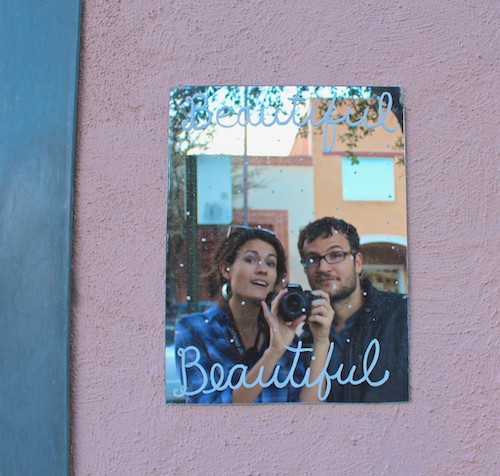
The Kirby Laing Centre for Public Theology in Cambridge. Charity registered in England and Wales. Charity Number: 1191741
Kirby Laing Centre, The New Mill House, Unit 1, Chesterton Mill, French’s Road, Cambridge, CB4 3NP
© 2022 The Kirby Laing Centre for Public Theology in Cambridge